Olympic swimmer, journalist and educator Sheila Watt has died aged 82.
The modern studies teacher, later known as Sheila Duthie, specialised in the butterfly stroke and was part of Team GB for the 1960 Rome Olympics.
Home to Aberdeen
Born January 27 1941 in Pithapuram, South India, Sheila was the youngest of three children for Aberdeen couple Alexander and Edith Watt.
Alexander – known as Sandy – was an installation manager for the Burma Shell Oil company and moved to India with his wife shortly after their wedding in 1930.
They lived there for two decades. Sheila and her brothers Sandy and Richard were all born in India.
Around 1950 the Watts returned to the Granite City where Sheila was enrolled in Albyn School for Girls. She found school tiresome, partly due to what was considered a poor quality education before that, and partly because she loved sports.
Born to swim
Though she uncovered an aptitude for problem-solving and arithmetic, it was the discovery of swimming – around the age of 10 – that would be life-changing for Sheila.
A keen hockey fan too, her father believed she showed promise in the pool.
In 1957 Sheila left school with no qualifications. She worked in various secretarial jobs and swam for Thistle Ladies, competing locally and training in Bon Accord baths.
However, a chance meeting between Sheila’s father and Robert Gordon College swimming coach Andy Robb would set Sheila on a course for swimming success.
Already coaching Inverness-born swimmer Ian Black, Sandy asked him his opinion on Sheila’s abilities.
Having seen her swim in local meets, Andy surmised that she did have potential but “no style” and was “propelling herself through the water only by brute force.”
Record-breaking
Robb agreed to coach Sheila and her performances quickly improved to international standard. Though the expert eye of a coach improved her technique, those were not the days of strict diets for athletes.
On completing an evening swim at the beach baths she would walk home eating a bag of chips.
In 1957 she began her senior swimming career, concentrating on butterfly. In March that year, she became a Scottish record holder winning the 110-yard butterfly in 72 seconds. Three months later in Dundee she clocked 70, then clipped .2 off that time by August.
Commonwealth calling
In 1958 Sheila was selected to swim for Scotland in the Commonwealth and Empire Games in Cardiff. Earlier that year she claimed the British title and set new British records for both the 100 and 110-yard butterfly with 64.7 and 72 seconds respectively.
Her first time on the Commonwealth stage she didn’t win a medal but enjoyed the experience.
Replicating top-tier conditions for Scotland’s swimmers wasn’t easy, however. The closest 50m Olympic standard pool was Blackpool, where Sheila and Ian Black swam to prepare for big competitions.
Being called up for 1960 Olympic Games
In 1960 she was once again called up, this time to swim for Great Britain in the Rome Olympics.
The highlight of her sporting career, she came fourth in the 100m butterfly and narrowly missed out on a medal as part of GB’s swim relay team.
Outwith swimming, Sheila was also progressing in her career. Having taken secretarial and shorthand courses she began working as a reporter with Aberdeen Journals.
Two years after Rome, at the Commonwealth and Empire games in Perth, Australia, she once again competed for Scotland as well as covering the event for The Press and Journal.
From reporter to special features writer with the Evening Express, Sheila flourished as a writer.
One of her most prestigious pieces of work was covering the opening of the Tay Road Bridge. However, in 1969 she left the Journals to return to education.
Love in the library
For a year she attended Aberdeen College of Education to pass her Highers, then from 1970 she began studying at Aberdeen University for her MA in education.
It was there, in 1970, that Sheila met second-year student Shewan Duthie.
A few months younger than Sheila, Shewan had also changed careers to train as a teacher. The former policeman would see Sheila in the university libraries and it wasn’t long before they started courting.
I realised very early into our marriage that she wasn’t Shewan Duthie’s wife, I was Sheila Watt’s husband. She was a remarkable woman…”
Her first job post-university was as a tutor at St Margaret’s School for Girls where part of her role was to live-in and supervise the boarding house.
Three years after Sheila graduated she and Shewan married, in August 1976 in King’s College Chapel.
“Although she was Mrs Duthie she was really always known as Sheila Watt the swimmer,” said Shewan.
They moved to Belvedere Crescent in Rosemount where they remained ever since.
Three degrees
From St Margaret’s she moved on to teaching modern studies at Harlaw and Cults academies. A year was then spent at the council’s consumer advice bureau.
This led to a lecturing job with Aberdeen College – first at the technical college then the college of commerce – teaching business studies and economics. While there she studied for two further degrees. She got her MEd with distinction in 1990 and her MLitt in 1995.
Later that year Sheila retired in order to look after her mum.
Later years
She continued to swim, at Nuffield Health when the Bon Accord pool closed, and she and Shewan took up bowling. They joined Bonnymuir Bowling Club before eventually becoming members of Whitehill.
A special place for Sheila, Whitehill Bowling Club was where her father had been a member and where she became president in 2008. She later joined Westburn Ladies.
Musical theatre and opera lovers, Sheila and Shewan travelled Europe enjoying more than 100 productions together.
Sheila maintained her fitness and attended classes each week – only slowing down when she needed a knee replacement.
However, in early March she required emergency surgery after suffering a ruptured aortic aneurysm.
Despite eight hours of surgery, internal bleeding couldn’t be stemmed. She died on March 10 at Aberdeen Royal Infirmary.
A celebration of her life took place on Thursday March 23 at Midstocket Church, then on to Hazlehead Cemetery for the burial.
Her favourite, ‘duet from the pearl fishers’, was played.
Heartfelt tribute
Shewan added: “I realised very early into our marriage that she wasn’t Shewan Duthie’s wife, I was Sheila Watt’s husband. She was a remarkable woman; the woman I was married to for 46 years and loved for longer.
“From no qualifications she had three university degrees. She didn’t start swimming until the age of 10 and then became an Olympian. She was extraordinary and the loss of Sheila is profound.”
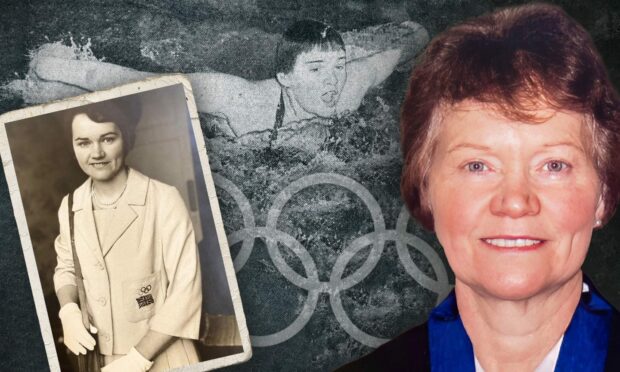

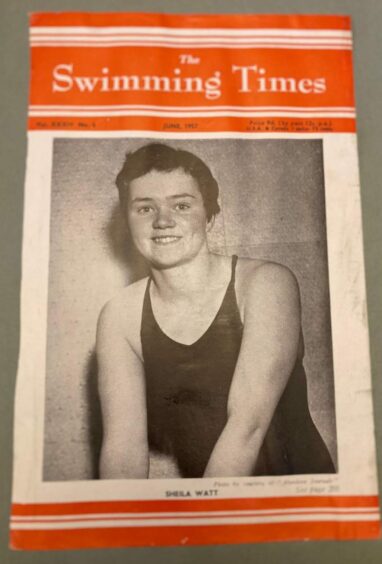

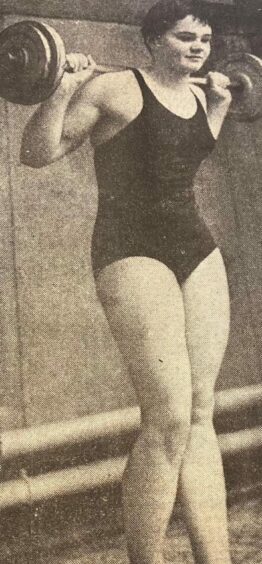
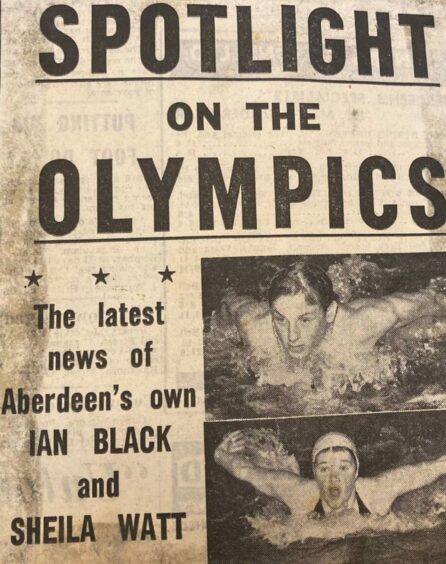
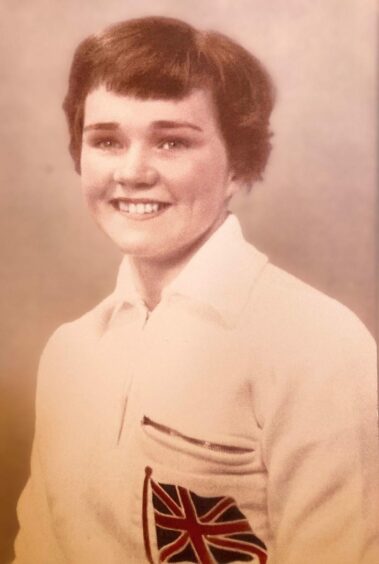

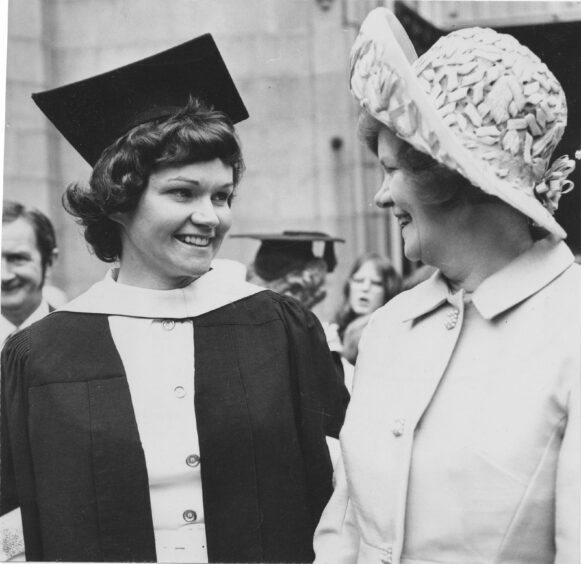

Conversation